10 Titles that Rewrote the OSINT Rulebook
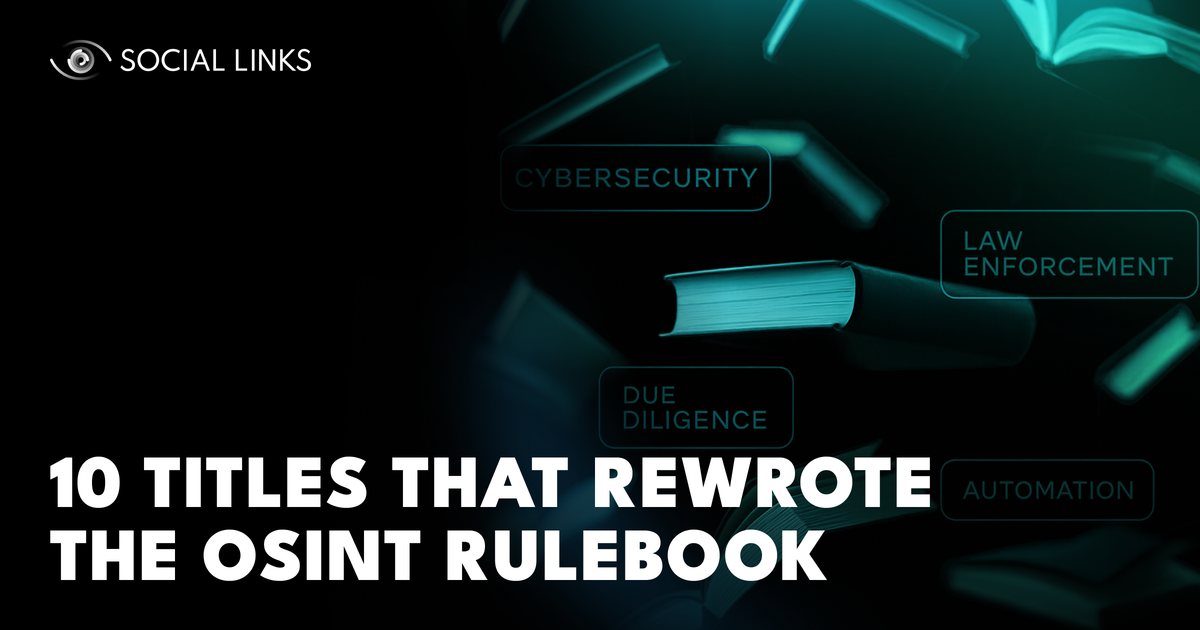

At the turn of the century, intelligence systems were shut away behind professional barriers—you needed a license, a security pass, and a load of costly resources just to start digging around a subject. In today’s digitized and interconnected world, techniques that were once the exclusive purview of intelligence and law enforcement agencies have become accessible to anyone with an internet connection.
This astonishing transition is the story of modern OSINT—and it’s a chapter in recent history that we want to underscore. So in this article, we’re taking a moment to look at some of the authors that have contributed to this paradigm shift—all through the lens of 10 seminal books that helped turn OSINT from an exclusively specialist occupation into a widely attainable skill, and redefined what it meant to be an investigator.
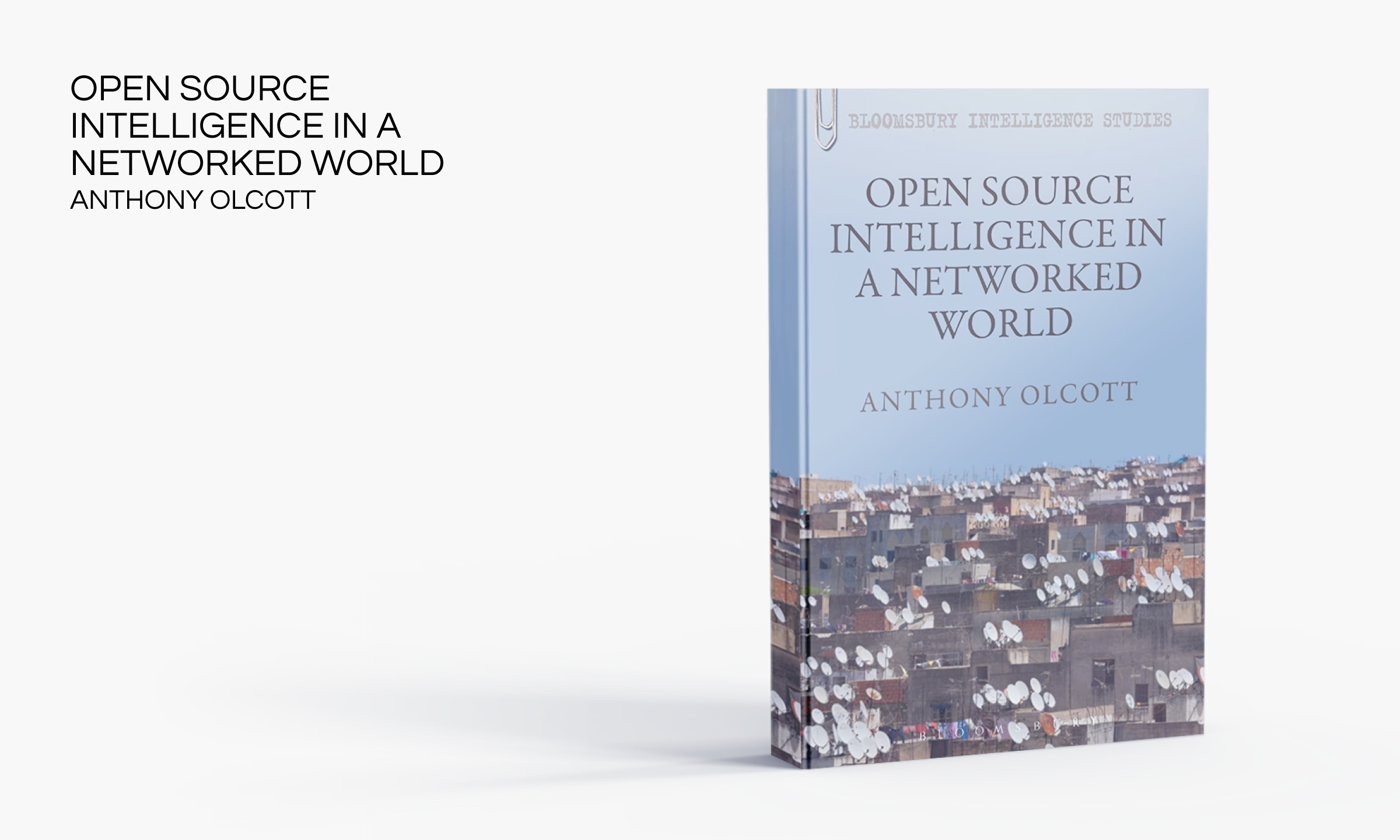
Back in 2012 when intelligence work was still largely seen as something that strictly took place behind security clearances, Anthony Olcott began turning the tables with the publication of Open Source Intelligence in a Networked World.
In a text that was among the first to argue that open sources were fast becoming a primary intelligence resource, Olcott showed how social media, public databases, and digital connectivity were driving an intelligence revolution that would soon make traditional classified sources less potent than Google. He was right, but with its academic style, the book wasn’t destined for the mainstream—that required a manual…
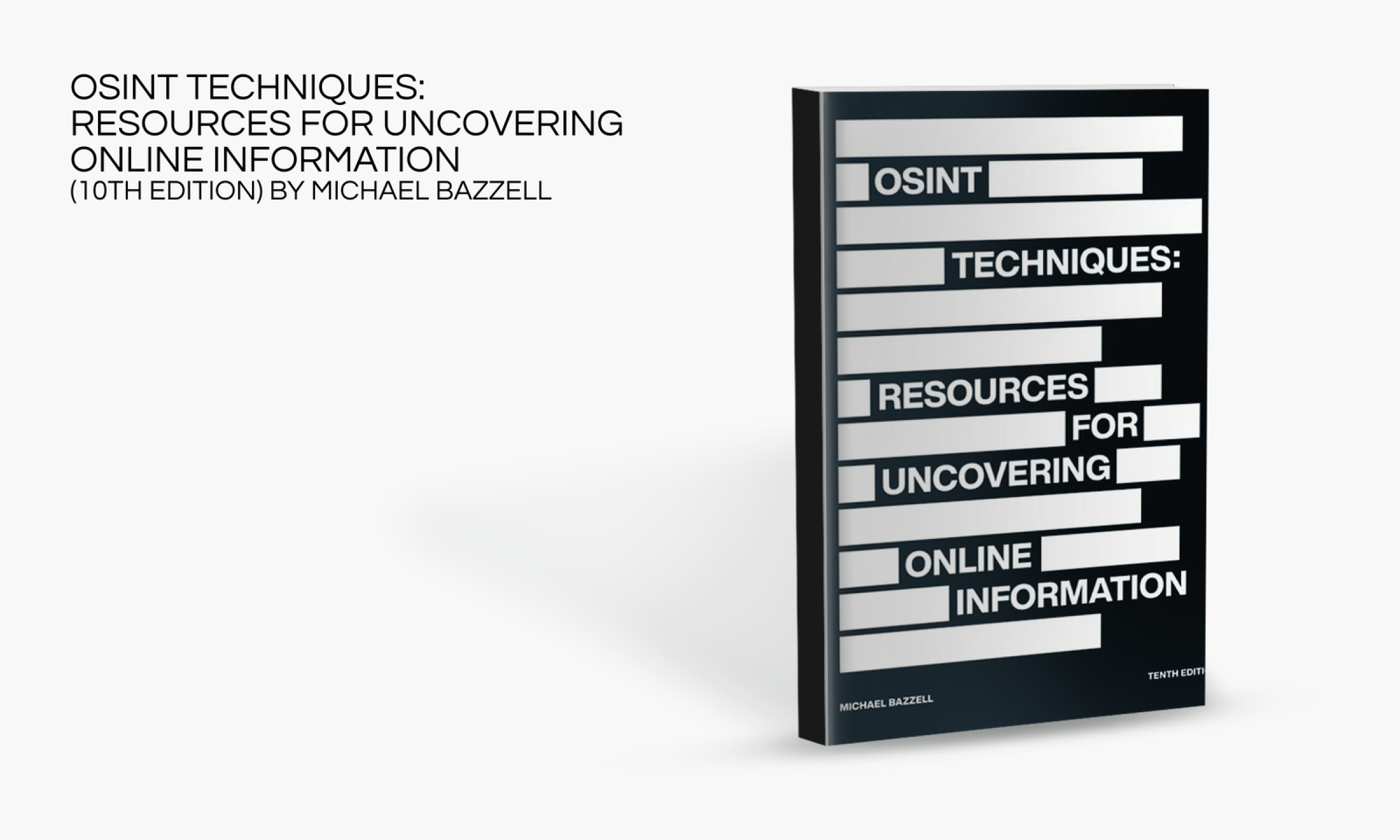
With the publication of Open Source Intelligence Techniques in 2012, Michael Bazzell delivered exactly that. A former FBI agent, Bazzell seemed to break the first rule of investigation—he gave away all the secrets. Packed with practical guides, the book was (and still is) a go-to resource for conducting digital investigations that are both powerful yet responsibly within legal and ethical boundaries.
Want to find someone's real address from their Instagram photos? It’s there. Need to track down a phone number's owner? No problem. In turning OSINT theory into practice, Bazzell democratized the intelligence landscape, making a plethora of techniques that were once exclusive to law enforcement available to anyone willing to learn.
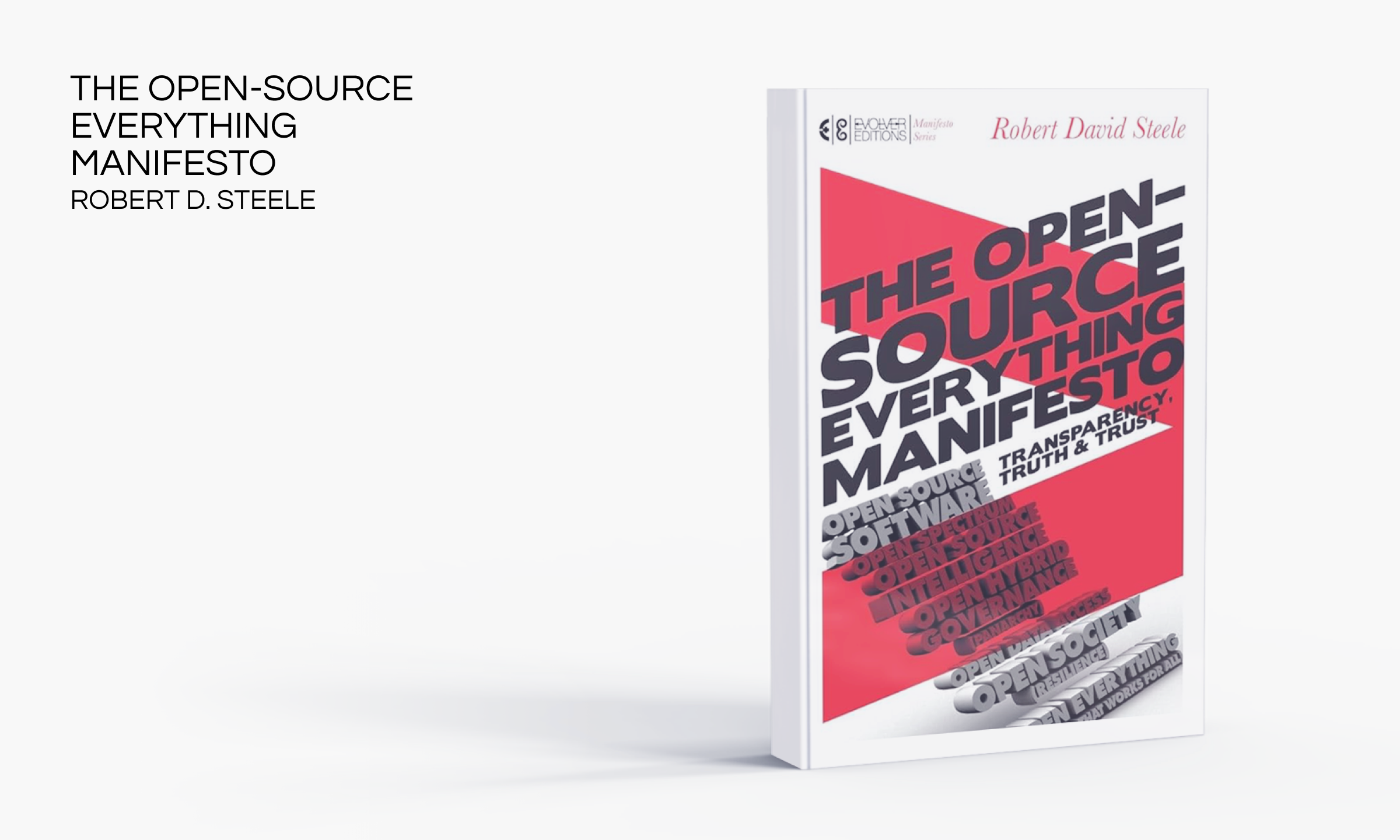
If Michael Bazzell put his foot over the line, Robert D. Steele steam-rollered over it with The Open-Source Everything Manifesto. In this 2012 publication, the former CIA officer didn't just teach OSINT techniques—he openly laid down the gauntlet to traditional intelligence systems, and advocated transparency as a more efficient approach.
In this boundary-breaking book, Steele put forward the revolutionary idea that transparency and open access to information was more effective than institutional secrecy—that governments were wasting billions on secret sources when 95% of what they needed was just sitting at the end of Google searches. This mantra was unpalatable to many of his contemporaries, who labelled him a traitor, yet it was a catalyst for change.

In Deep Dive: Exploring the Real-world Value of OSINT, Rae Baker, a specialist in maritime intelligence, put Bazzell's and Steele’s techniques into practice, and resoundingly proved them to work—in her case, this took the form of tracking down sanctions-evading cargo ships and cryptocurrency wallets.
Baker’s 500-page tome covers everything from hunting vessels with elusive AIS signals to identifying personal details behind NFT transactions. What’s more, the book has the practical advantage of stressing the value of methodology over tools, demonstrating the approaches actually produce results when you're investigating corporate fraud or tracking illicit transportation networks.
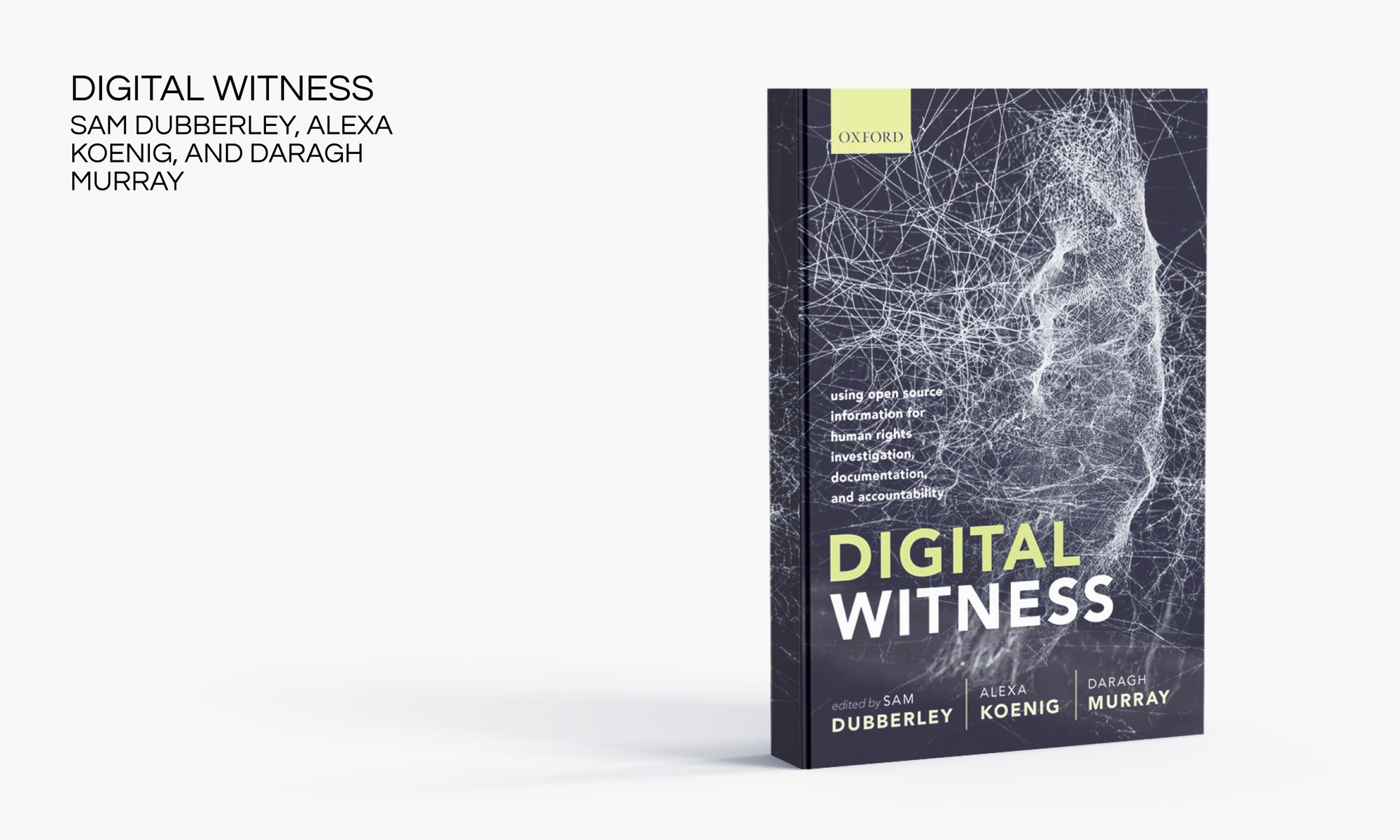
While Rae Baker was further proving the huge utility of OSINT for a wider audience, Sam Dubberley, Alexa Koenig, and Daragh Murray were teaching practitioners how to deploy the discipline responsibly, with their 2019 book Digital Witness.
Working with the UN to establish standards for using social media evidence in war crimes trials, Dubberley et al published a work that was to become an ethics manual for citizen investigators. While many were adopting and enjoying the vast effectiveness of OSINT, Silent Witness was addressing questions many would rather not, such as: what happens when your Twitter investigation sends someone to prison?

Before any of these specialists had penned their manuals, Stieg Larsson’s creation Lisbeth Salander was practicing expert-level OSINT in The Girl with the Dragon Tattoo (2005). Salander could hack into anything and research anyone, but what made her dangerous was her ability to connect dots and draw startling conclusions.
Starting with a name, she’d dig through public records, cross-reference social connections, and end up exposing decades-old conspiracies. With the books becoming an international sensation, so the idea of renegade digital snooping was propelled into the mainstream—and suddenly, digital investigation became aspirational rather than intimidating, paving the way for modern OSINT.

As pop-OSINT themes gained more momentum across the cultural space, Cory Doctorow made a striking contribution with his 2008 novel, Little Brother. In a tale of political rebellion, the teenage protagonist Marcus turns surveillance technology against the Department of Homeland Security using techniques any high school student could learn. Doctorow wasn't so much writing science fiction as a training manual in the guide of young adult literature.

With real investigative podcasts making OSINT mainstream, Matt Wesolowski tapped into this popular format with the thriller, Six Stories (2017), where a fictional podcast host uses Reddit threads, Facebook groups, and archived news articles to reinvestigate a teenager's death. In a book that reads like Serial if Sarah Koenig had unlimited time and no legal restrictions, Wesolowski shows exactly how amateur investigators actually work—obsessively, collaboratively, and sometimes recklessly.

Rebecca Makkai updated this formula for the post-COVID world in I Have Some Questions for You (2023), where the protagonist returns to her old boarding school to reinvestigate a murder using modern OSINT techniques on a decades-old case. The book demonstrates how digitization can revive cases that have long been cold cases—where details that were once buried in filing cabinets can now surface through online searches.

Without mentioning the term once, Kate Brodу wrote one of the most potent but cautionary OSINT tales to date. Her 2024 novel Rabbit Hole follows a woman investigating her father's death who gets sucked into online conspiracy theories. Starting with legitimate OSINT methods, the protagonist gradually slips into misinformation and conspiracy thinking. A stark warning about the potential dangers of OSINT skills when they meet confirmation bias, it's a psychological thriller for the internet age.
While varying in their format and style, these ten books all document the same fundamental shift in how investigation zeitgeist. The rise of modern OSINT hasn’t just driven the development of new tools, it’s brought about a sea change in the field, overturning dogmas about who qualifies as an investigator, and showing what can be achieved through modern demoratized processes, where work that once took months of paperwork and professional contacts can now happen in hours with the right search techniques.
And the revolution isn't just technological—it's also about access. These books turned investigation from an exclusive profession using specialized resources into a learnable skill set using everyday resources. Today's citizen investigators regularly uncover corruption, identify war criminals, and solve cold cases, proving that anyone today can become part of a global investigative community and help change the course of history.